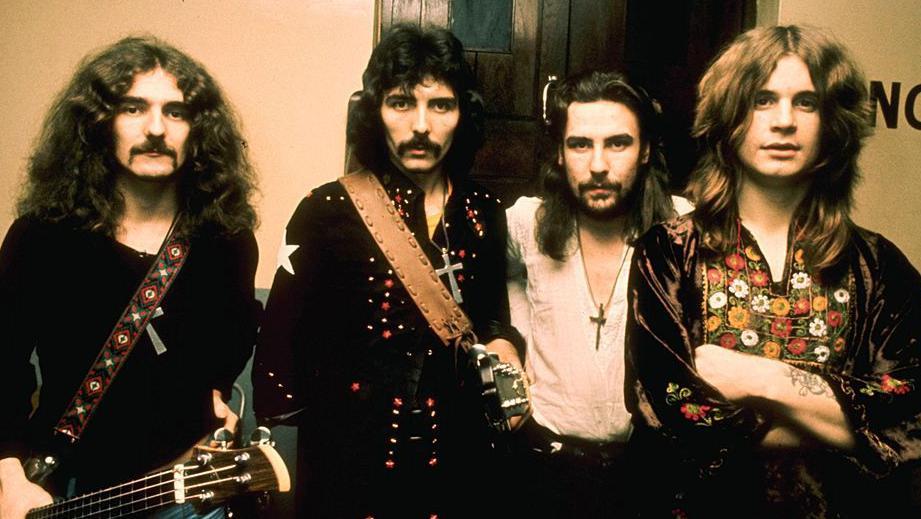If you attended Black Sabbath’s initial performance, you might not have realized its significance.
In 1968, they were known by a much less ominous name, The Polka Tulk Blues Band, and included a saxophonist and a bottleneck guitarist.
A year later, they had lost weight, chosen a new name, and created heavy metal. Very few bands are as closely associated with a music genre, but Sabbath established the blueprint for acts ranging from Motörhead and AC/DC to Metallica and Guns ‘n’ Roses.
On the journey, singer Ozzy Osbourne,who passed away at the age of 76,emerged as one of rock’s most significant icons, known for a dynamic and unpredictable performance style along with an almost legendary consumption of drugs.
If there’s someone who has experienced the wild rock ‘n’ roll way of life,” he once confessed, “I guess that person is me.
How did these four working-class musicians from Aston, Birmingham change the conventions of rock?
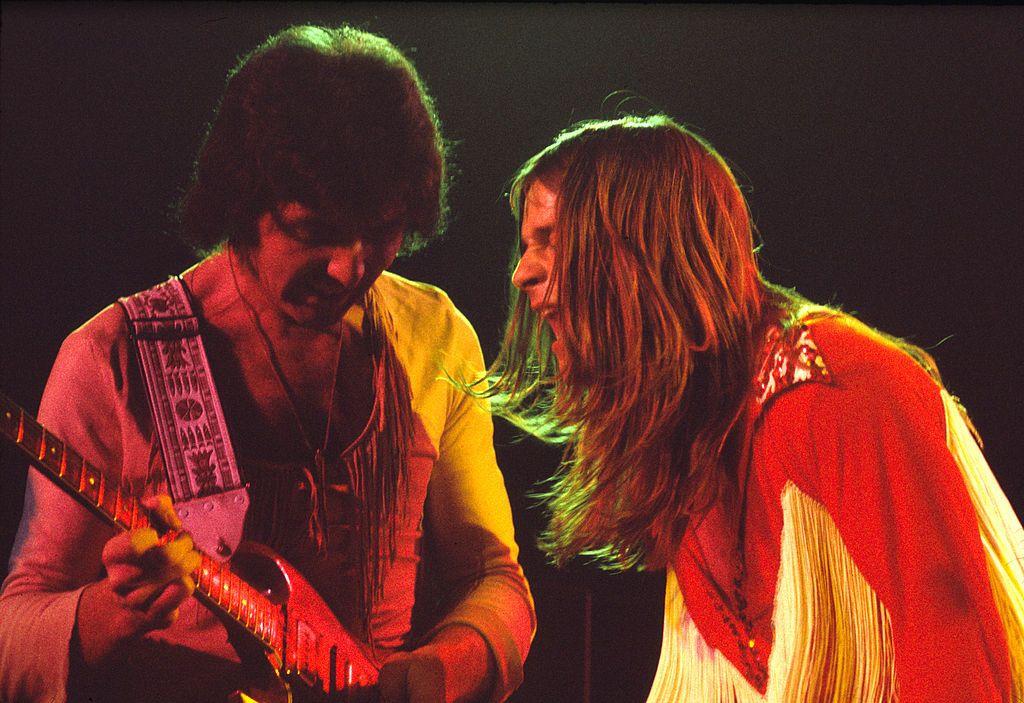
As per Osbourne, it was an intense response to the “hippy-dippy” songs such as San Francisco (Be Sure to Wear Some Flowers In Your Hair) that dominated the radio following the Summer of Love in 1967.
“Flowers in your hair? Give me a break,” he muttered in his 2010 memoir.
The only blossoms anyone noticed in Aston were the ones you tossed into the pit following you when you died at 53 because you had overworked yourself to death.
Collaborating with guitarist Tony Iommi, bassist Geezer Butler, and drummer Bill Ward, Osbourne’s original plan was to add a Brummie twist to the bluesy style of Fleetwood Mac.
The band’s initial name, Polka Tulk, was derived from a type of talcum powder that his mother used.
After abandoning the saxophone, they rebranded as Earth, taking on as many performances as they could handle, and even securing a few more through persuasion.
“Every time a famous band was scheduled to perform in town, we’d fill the van with all our equipment and then stay outside the venue hoping they might not appear,” Osbourne later remembered.
It functioned… but just once, when the band was called upon to replace an unavailable Jethro Tull. “After that, every booking agent knew our name,” Ozzy mentioned.
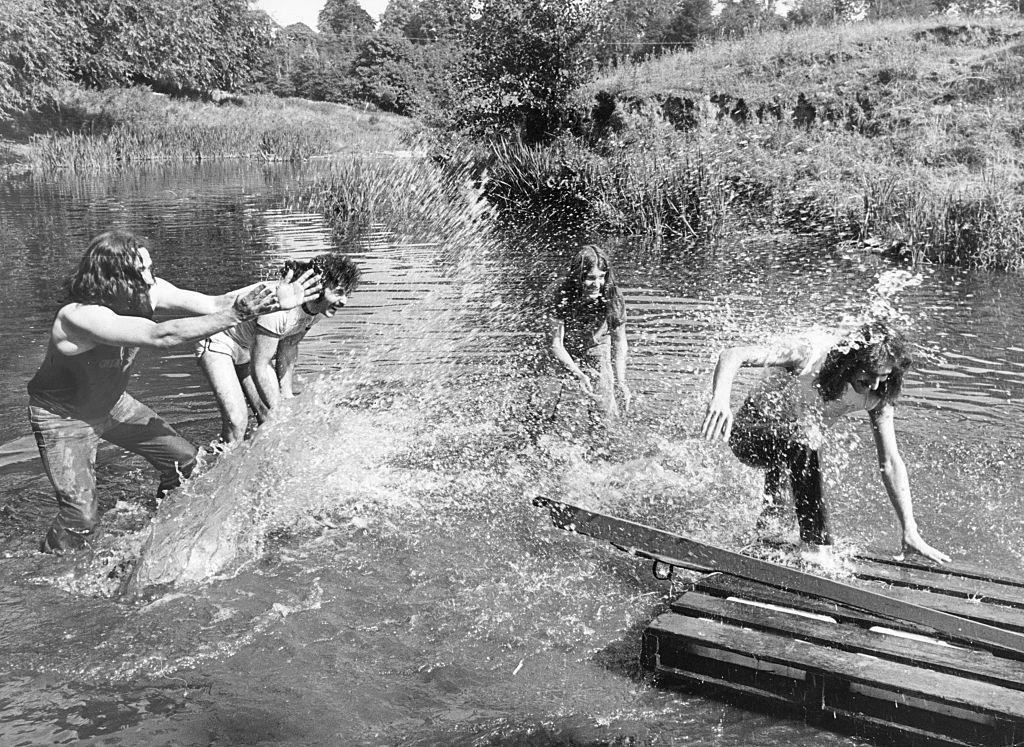
That tendency for opportunism also guided them toward their distinctive style.
It turned out that the band’s practice room was directly across from a theater that played horror films all night.
As viewers flocked to these programs, the group devised a strategy.
Tony said, ‘Don’t you find it odd that people pay to be scared? Why don’t we create horror music?’ Osbourne shared with music journalist Pete Paphides in 2005. ‘And that’s exactly what we did.’
The artists transformed into their ultimate form: They chose the name Black Sabbath, inspired by a budget-friendly Boris Karloff movie with the same title, and began composing lyrics that explored themes of death, dark magic, and psychological disorders.
In order to match the material, the music also had to become more intense. Ward reduced the speed of the rhythm. Iommi increased the volume. Osbourne created a powerful vocal style that constantly appeared to be balancing on the edge of madness.
But it was Iommi’s guitar work that truly distinguished Sabbath. His riffs exploded from the amplifier and struck the audience directly in the chest with intense power.
It was a noise he created out of necessity.
At the age of 17, Iommi was employed at a sheet metal factory when he suffered an industrial accident that resulted in the loss of the tips of his two middle fingers.
Even though doctors attempted to reattach them, they had turned black by the time he arrived at the hospital. It appeared to mark the conclusion of his guitar career.
- Tribute: The tumultuous life of rock’s “prince of darkness”
- Did Osbourne actually remove the head of a live bat?
- “there will never be another ozzy”: celebrity musicians express their respects
“The doctors advised: ‘The best course of action for you is to pack up, absolutely. Find a different job, try something else,'” Iommi mentioned in his autobiography, Iron Man.
Resolved to show them he was right, he melted a fairy liquid bottle to create protective thimbles for his fingers, and loosened his guitar strings so he wouldn’t need to press too hard on the fretboard to produce a note.
Following many months of intense training, he mastered a new technique for playing — employing his two healthy fingers to create chords, and incorporating vibrato to enhance the tone.
That minimal, out-of-tune growl formed the foundation of heavy metal.
“I wasn’t familiar with that approach to playing,” remarked Tom Allan, who was the engineer for Sabbath’s first album in 1969.
I couldn’t really understand it. I didn’t truly grasp it. You had never heard anything like that on the radio.
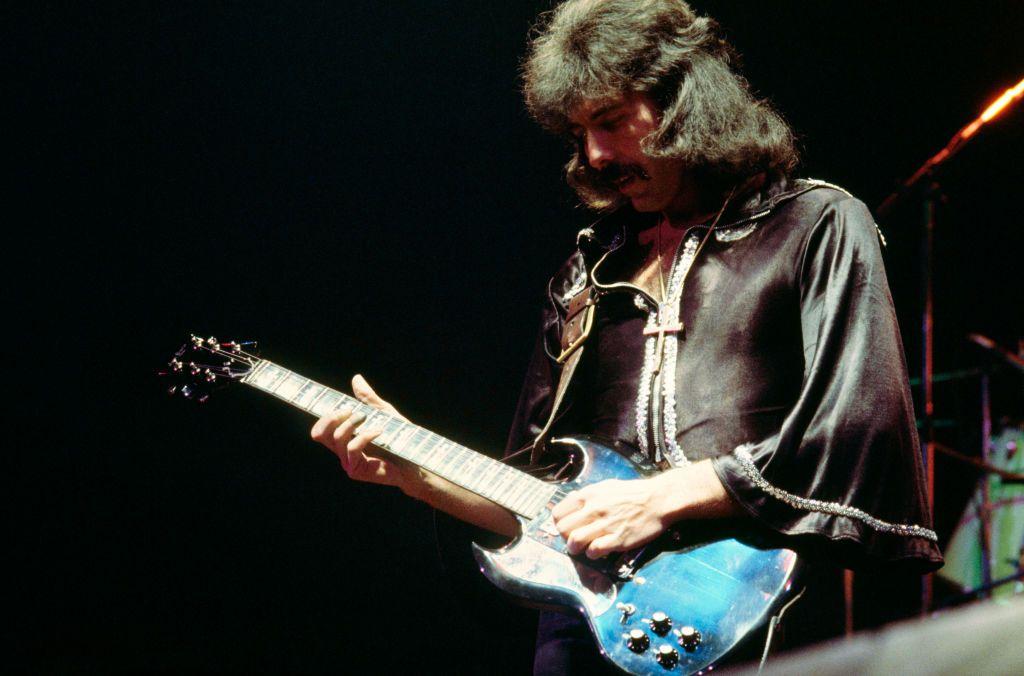
The recording was bleak and thick – partially due to the band having made it in only two days, with little money.
Critics were uncertain about its meaning. In an article for Rolling Stone, Lester Bangs remarked that the album was “promoted as a rocking ritual celebration of the Satanic mass or something similar… They aren’t that terrible, but that’s pretty much the extent of the praise you can offer them.”
The alleged satanic symbols caused a moral frenzy in the mainstream media, which grew stronger when it was revealed that the album’s title song featured a chord sequence called the Devil’s Interval, which had been prohibited by the church during the Middle Ages.
What the media failed to recognize was that the song “Black Sabbath” was composed as a cautionary message about the perils of Satanism, following Ward falling asleep while reading literature on the occult and awakening to witness a spectral, cloaked figure at the foot of his bed.
“It terrified the very essence out of me,” he later remembered.
Regardless of the actual facts, the debate helped sell albums and drew in countless supporters.
At one point, the band went back to their hotel only to discover 20 individuals dressed in black, who were followers of Satan, standing outside their room with candles and chanting. In an attempt to remove them, Osbourne extinguished the flames and performed a rendition of Happy Birthday.
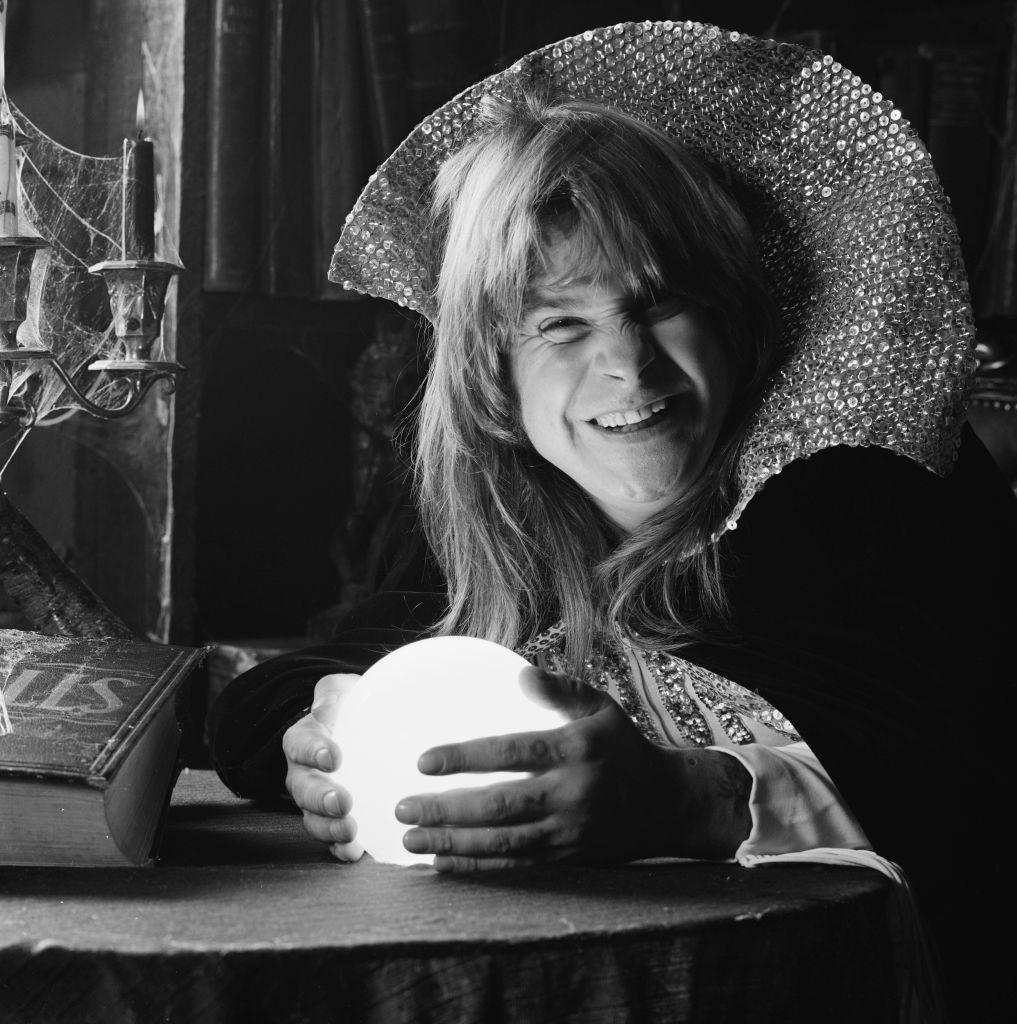
Nevertheless, Sabbath embraced their image, creating more ominous content and becoming known as troublemakers as the 70s progressed.
However, the music was never as simple or limited as their appearance implied.
Their second album, Paranoid, represented a major advancement in musical composition, ranging from the powerful anti-war song War Pigs, to the growing tension of the title track, through the science fiction horror of Iron Man, and the ethereal balladry of Planet Caravan.
They maintained the intensity on 1971’s Master of Reality, with Osbourne calling Children Of The Grave “the most powerful song we had ever recorded”.
Volume 4, which came out in 1972, is often overlooked due to the absence of a major radio hit, yet it also features some of the band’s finest and most diverse material.
Snowblind captures their journey into drug addiction with a powerful guitar riff; meanwhile, St Vitus’ Dance is an unexpectedly gentle piece of guidance for a friend in sorrow, and Laguna Sunrise is a rural instrumental.
Sabbath Bloody Sabbath, on the other hand, was composed as a passionate criticism of a music industry that had abandoned them.
The individuals who have harmed you / You wish to witness their destruction.
After 55 years and numerous imitators, the groundbreaking impact of Sabbath’s music has lessened. How else can you explain Osbourne and Iommi playing “Paranoid” at Queen Elizabeth II’s Golden Jubilee in 2002?
However, the impact of those songs, from Iommi’s brain-shattering riffs to Osbourne’s persistent vocal cry, remains unforgettable.
When Lars Ulrich from Metallica inducted Black Sabbath into the Rock and Roll Hall of Fame, he stated, “without Black Sabbath, hard rock and heavy metal would have developed quite differently.”
When discussing the categorization of a genre in the realm of heavy music,” he stated, “Sabbath is unique.
Following the band’s final concert in 2017, Osbourne expressed that he was deeply honored by the praise.
“I never imagined we’d still be here 49 years later,” he said.
But when I reflect on everything, the best part of being in Black Sabbath after all these years is that the music still stands the test of time.
Five must-listen tracks by Ozzy Osbourne
https://www.youtube.com/watch?v=0qanF-91aJo&pp=ygUQc2FiYmF0aCBwYXJhbm9pZNIHCQnHCQGHKiGM7w%3D%3D
1) Paranoid
Written as a last-minute “filler” for Black Sabbath’s second album, the band unintentionally crafted their most successful track: the tale of a man struggling with his inner voices, accompanied by one of rock’s most intense riffs.
Occasionally, you come across a song out of the blue,” remarked Osbourne. “It’s a blessing.
https://www.youtube.com/watch?v=tMDFv5m18Pw&pp=ygUQb3p6eSBjcmF6eSB0cmFpbg%3D%3D
2) Crazy Train
The track that marked the beginning of Osbourne’s solo music journey, it is somewhat unusually cheerful – dismissing Cold War fears and stating: “Perhaps it’s not too late to learn how to love.”
Only the maniacal laughter in the fading bars implies that this perspective belongs to a madman.
https://www.youtube.com/watch?v=mfTpjrzas5E&pp=ygUWc2FiYmF0aCBibG9vZHkgc2FiYmF0aA%3D%3D
3) Sabbath Bloody Sabbath
Sabbath’s image associated with darkness often caused their melodic skills to be ignored. However, Osbourne was a big fan of the Beatles, and their impact can be heard in the gentle chorus of this track, followed by Tony Iommi bringing in a deep guitar riff.
John Lennon would certainly have supported Osbourne’s intense criticism of the music industry, captured in the line: “Blast all of you.“
https://www.youtube.com/watch?v=_eBCxYVma1g&pp=ygUPc2FiYmF0aCBjaGFuZ2Vz
4) Changes
Sabbath displayed a gentle side in this 1972 piano ballad, which was composed during a period of heartbreak for drummer Bill Ward.
“I believed the song was amazing right from the time we first recorded it,” Osbourne mentioned, later revising it as a collaboration with his daughter, Kelly, which became a UK number one just before Christmas in 2003.
https://www.youtube.com/watch?v=o0RE230PlX4&pp=ygUPb3p6eSBtciBjcm93bGV5
5) Mr Crowley
Drawing from the infamous occultist Aleister Crowley, this song from the 1980 album Blizzard of Ozz enabled Osbourne to embrace his exaggerated satanic persona.
However, it also helped him break free from the shadow of Black Sabbath, featuring a swirling, heavy-psychedelic sound, completed by a fiery solo from his new collaborator, guitar expert Randy Rhoads.
Further listening: War Pigs and Iron Man are timeless classics; meanwhile, Diary of a Madman and Suicide Solution are essential parts of Osbourne’s solo music collection. Also, don’t miss Patient Number 9, the lead single from his last album, which concluded his career with a strong performance.

